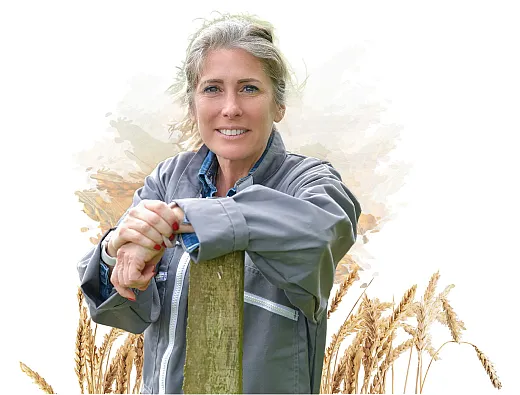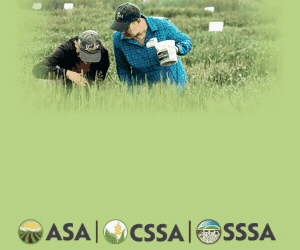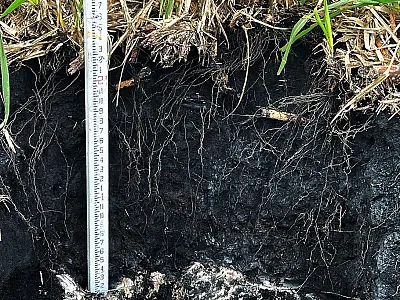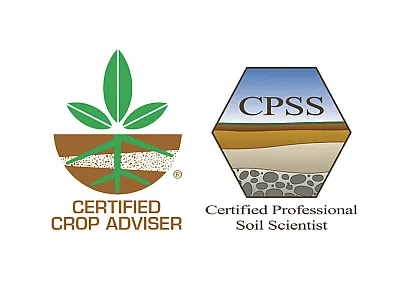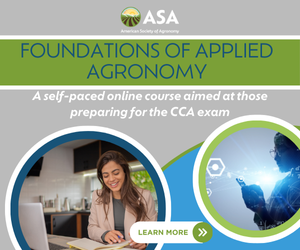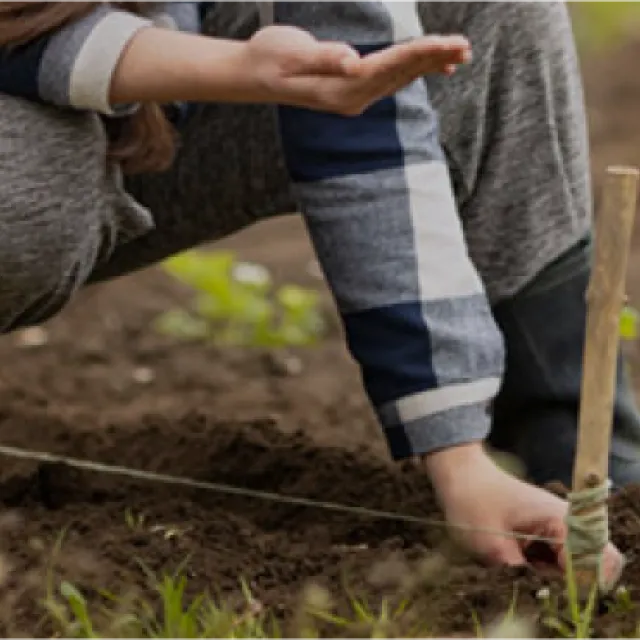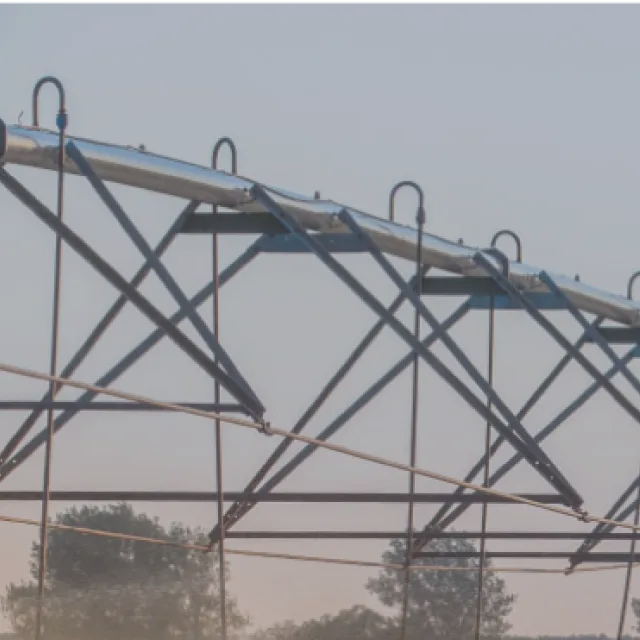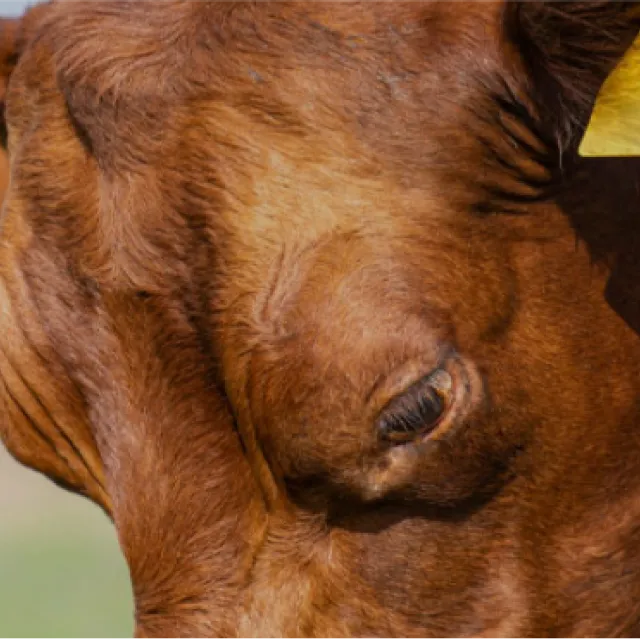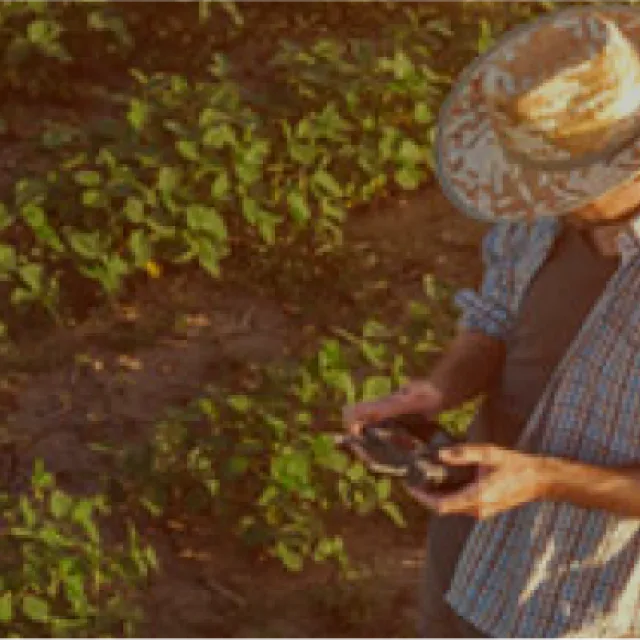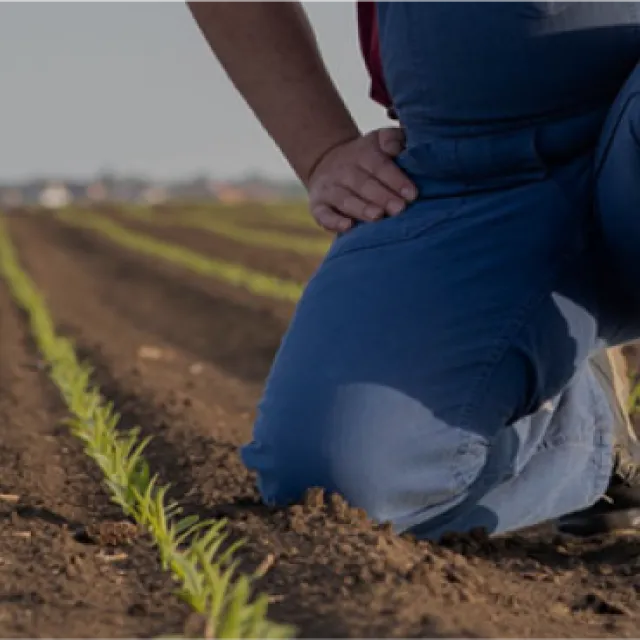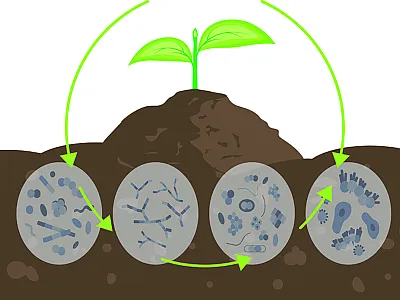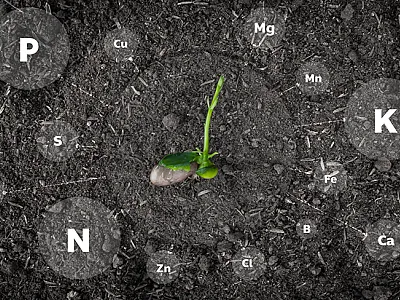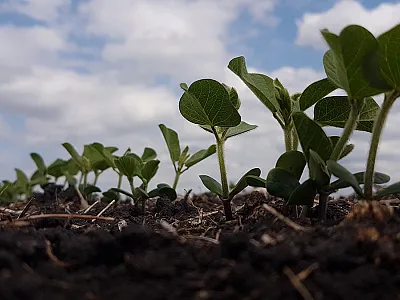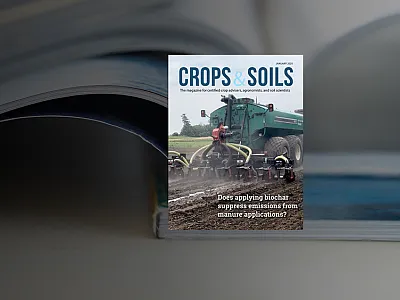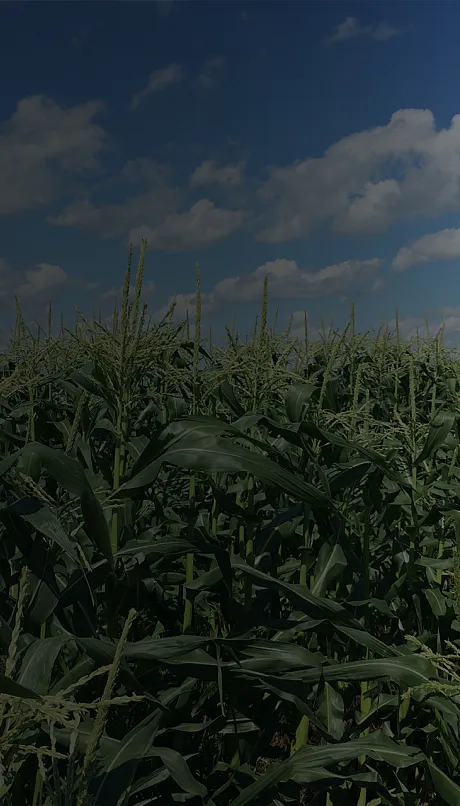
MayCrops & Soils
The May issue of Crops & Soils is online! Our cover story this month explores strategies to improve water productivity in sweet corn in the Texas Southern High Plains.
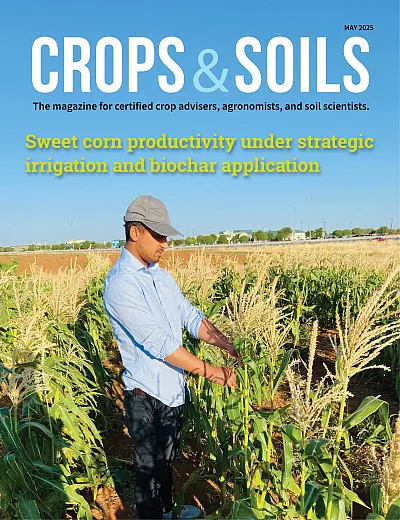
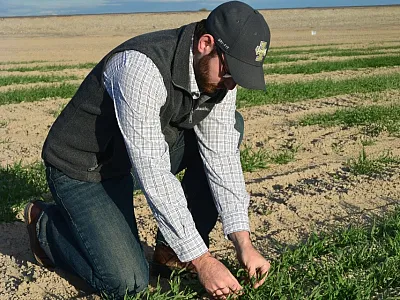
Nitrogen management for irrigated hull-less food barley
In major barley-producing regions of the western United States and Great Plains, nitrogen (N) guidelines for spring malt and feed barley include both soil N and fertilizer N, commonly referred to as N supply. However, the recent development of hull-less, high-fiber barley cultivars has resulted in a lack of specific N management practices. This article presents research from southern Idaho on N management for two-row spring hull-less barley under irrigated high-yielding semi-arid conditions in an effort to establish appropriate N supply rates for hull-less food barley producers. Earn 0.5 CEUs in Nutrient Management by reading the article and taking the quiz. This article was prepared as a contribution of the Western Region Nutrient Management Coordinating Committee (WERA-103).
Featured articles
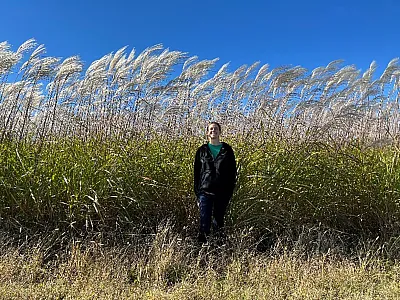
Giant miscanthus shows promise as an alternative crop for marginal land
Giant miscanthus is a perennial, warm-season grass grown as a biomass crop. In Maryland, giant miscanthus successfully grew on marginal land experiencing flooding, saltwater intrusion, and heavy deer pressure, conditions that resulted in total soybean yield loss for several years prior to the study. While giant miscanthus did not grow in year-round flooded conditions and yield was negatively correlated with sodium level, giant miscanthus had little yield loss in areas with intermittent flooded conditions and areas with sodium levels well above what grain crops can tolerate. Earn 1 CEU in Crop Management by reading this article and taking the quiz.
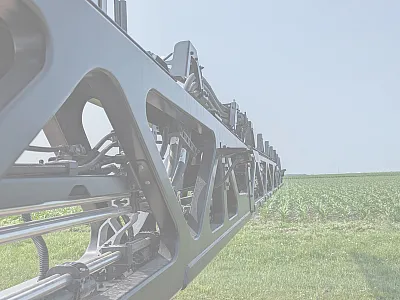
Targeted weed management with precision sprayers in corn and soybean
Precision sprayers can detect and treat weeds simultaneously in real-time, enabling targeted weed management. This approach has the potential to reduce herbicide usage and associated costs. Although large-scale commercial precision sprayers are available for row crops, their weed control efficacy has not been extensively compared with traditional broadcast sprayers under field conditions.
New research evaluated the performance of precision sprayers (Greeneye Technology and John Deere) in corn and soybean production fields. Results indicated that both precision sprayers provided grass and broadleaf weed control comparable to broadcast sprayers with herbicide savings dependent on weed infestation.
Earn 0.5 CEUs in Integrated Pest Management by taking the quiz for the article.
Most read articles
Recent articles
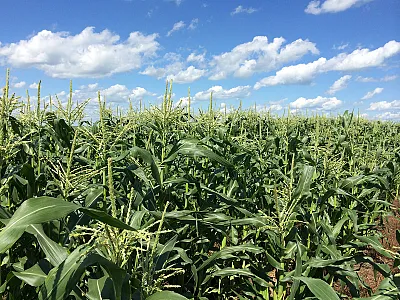
Sweet corn productivity under strategic irrigation and biochar application in the Texas Southern High Plains
The Texas Southern High Plains faces severe water limitations for agriculture, making efficient irrigation essential due to high evapotranspiration and declining groundwater from the Ogallala Aquifer. To address this, researchers developed a growth stage-based irrigation strategy for sweet corn, paired with biochar soil amendments, aiming to improve water productivity under drought-prone conditions. A two-year field study tested different irrigation levels and biochar rates to evaluate their effects on sweet corn growth, yield, and water efficiency. Earn 0.5 CEUs in Soil & Water Management by taking the quiz for the article.
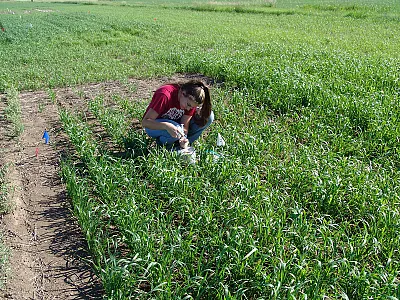
Dryland continuous cropping reduces greenhouse gas emissions and enhances crop yields
The traditional dryland cropping system in the semi-arid U.S. northern Great Plains is conventional tillage crop–fallow, which has not only reduced soil health and environmental quality, but has also decreased annualized crop yields. Improved management strategies are needed.

Maximizing peat: how extenders can stretch your soil mix
Peat has long been a cornerstone of the horticultural industry in Canada, primarily due to its unique physicochemical properties that enhance plant growth. The Canadian peat industry has evolved significantly with the country being one of the largest producers of peat globally, primarily sourced from Sphagnum moss found in its extensive peatlands. However, even with the most sustainable extraction practices in place, the slow replenishment rate of peat makes it a non-renewable resource in the practical sense. One sustainable solution may be peat extenders—materials blended with peat to partially reduce its usage in growing media while preserving its beneficial properties, such as water retention and aeration. Earn 0.5 CEUs in Soil & Water Management by taking the quiz for the article.
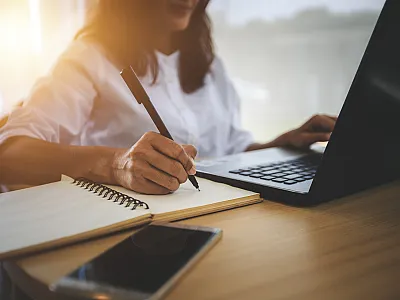
Upcoming webinars in June 2025
We have some great webinars coming up in June. They are free to certified professionals and ASA, CSSA, SSSA members. Gain 1 CEU for each webinar!
Events
Soil fertility, fertilizers, and crop nutrition: Past, present, and future
Society has made (and will be making) significant demands on agriculture in the not-to-distant future. Meeting future sustainability goals and environmental regulations while simultaneously continuing to meet requirements for food, feed, fuel, and fiber requires a firm understanding of how “we” have collectively arrived at our current status as it relates to our fertility principles and beliefs as well as the processes that address them. This series intends to describe crop nutrition and fertilizers from where we have been to where the authors believe that we will likely need to be prepared to go if we are to support world demands into the foreseeable future.
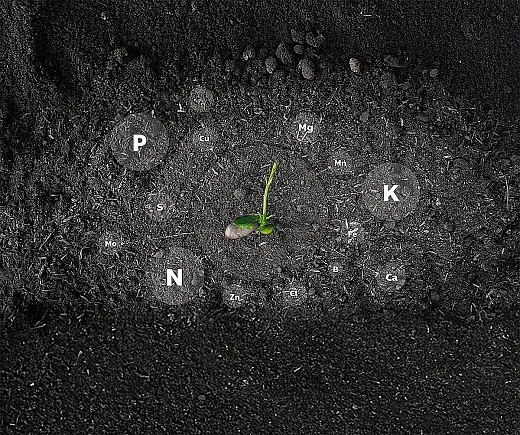
We want to hear from you
Do you have an article you'd like to submit or feedback for the magazine team? Let us know!
